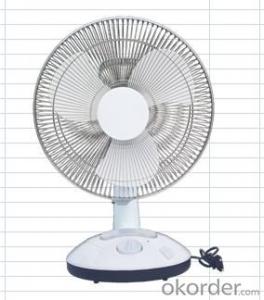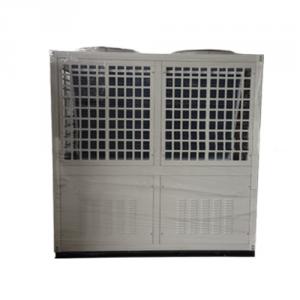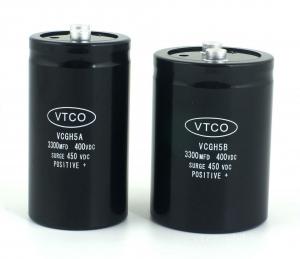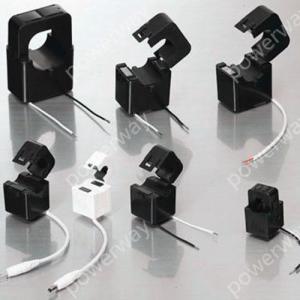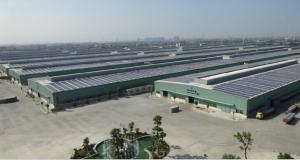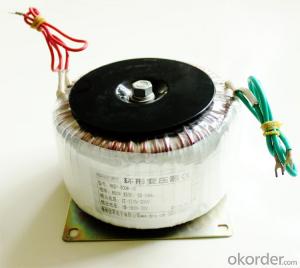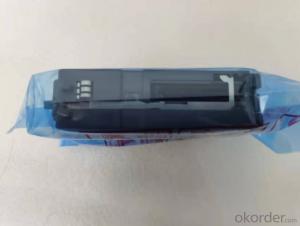Solgen Solar Inverter
Solgen Solar Inverter Related Searches
Solaredge Solar Inverter Senergy Solar Inverter Smarten Solar Inverter Suntech Solar Inverter Solaris Solar Inverter Solar Solar Inverter Solax Solar Inverter Sun Solar Inverter Solace Solar Inverter Sunrun Solar Inverter Sunshine Solar Inverter Synergy Solar Inverter Eltek Solar Inverter Inverter Solar Solar Inverter Solax Olx Solar Inverter Lg Solar Inverter Inverter Solar Cell Microtek Solar Inverter Solis Solar Inverter Inverex Solar Inverter Solar Electric Inverter Samsung Solar Inverter Sungold Solar Inverter Siemens Solar Inverter Solar Inverter Inverter Solis Inverter Solar Lg Inverter Solar Solar Panel Inverter Solar Inverter OlxSolgen Solar Inverter Supplier & Manufacturer from China
Solgen Solar Inverter is a high-quality product designed to convert solar energy into usable electrical power for various applications. These inverters are engineered to provide reliable and efficient power conversion, making them an essential component in solar power systems. They are widely used in residential, commercial, and industrial settings to harness the power of the sun and reduce reliance on traditional energy sources.The Solgen Solar Inverter is suitable for a variety of usage scenarios, including off-grid systems, grid-tied systems, and hybrid systems. In off-grid systems, the inverter plays a crucial role in converting the DC power generated by solar panels into AC power, which can be used to power appliances and devices. In grid-tied systems, the inverter synchronizes the solar power with the utility grid, allowing excess energy to be fed back into the grid. Hybrid systems combine the benefits of both off-grid and grid-tied systems, providing a flexible and reliable power solution.
Okorder.com is a leading wholesale supplier of Solgen Solar Inverter, offering a vast inventory of these products to cater to the needs of various customers. With a strong commitment to quality and customer satisfaction, Okorder.com ensures that the Solgen Solar Inverters they provide are of the highest standard and are backed by excellent after-sales support. This makes Okorder.com the go-to destination for those looking to purchase reliable and efficient solar inverters for their solar power systems.
Hot Products




















